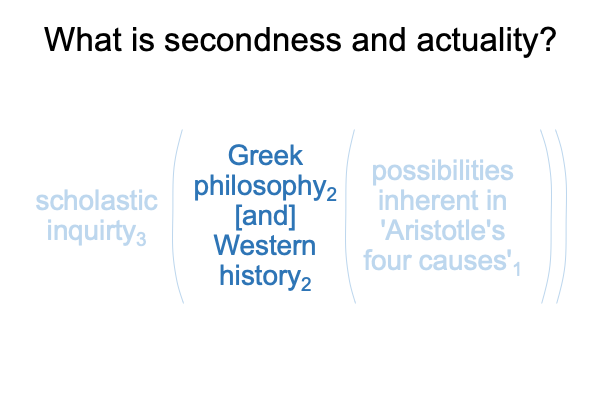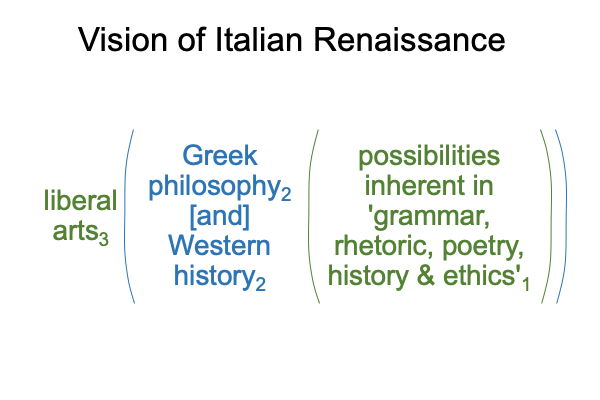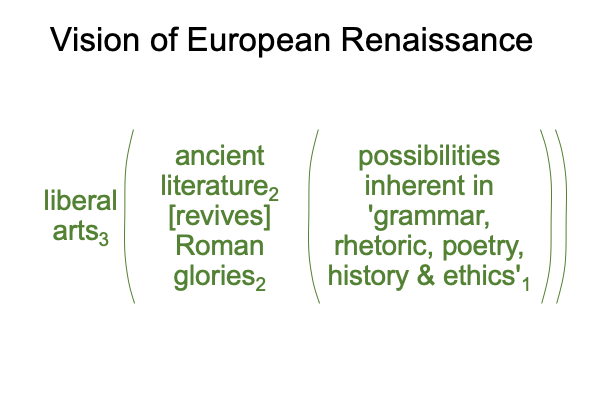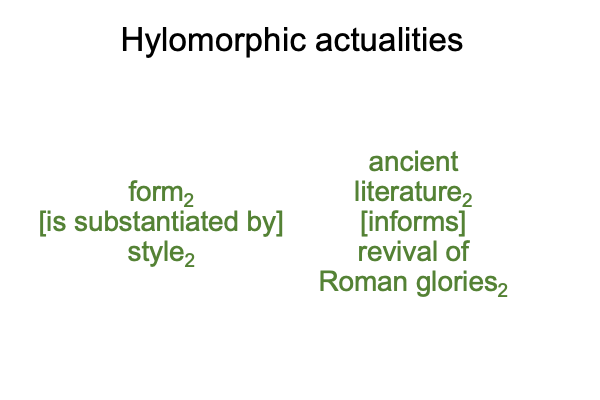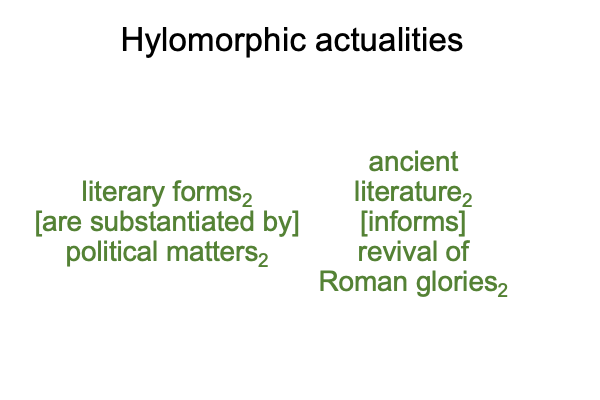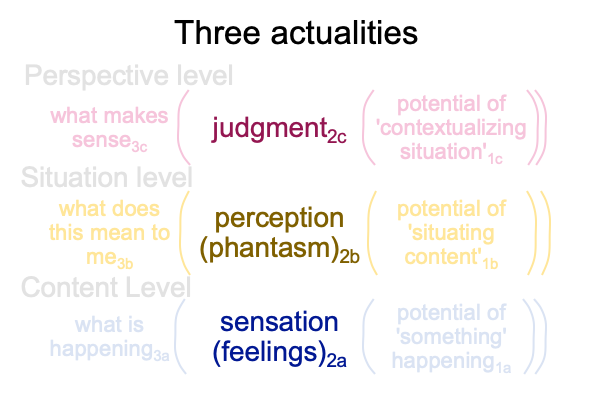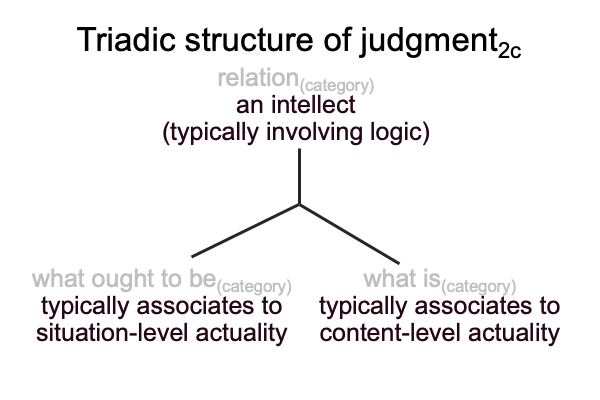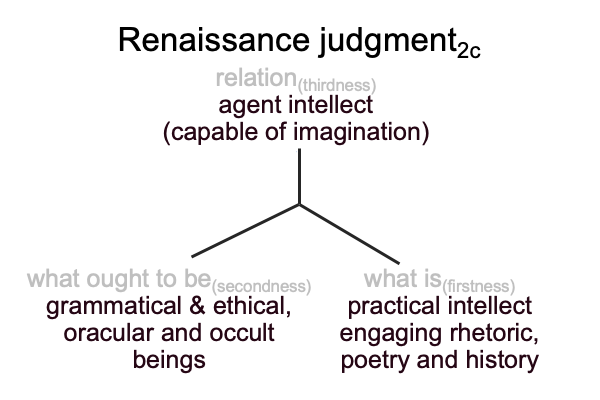Looking at Joseph Farrell’s Book (2020) “The Tower of Babel Moment” (Part 1 of 10)
0001 The full title of the work before me is The Tower of Babel Moment: Lore, Language, Leibniz, and Lunacy. The author is one of the wandering stars of our current age, an era when academics award more doctorates than any job market can absorb. Professors with sharp elbows occupy the few available academic positions, leaving brilliant and successful graduates, the ones with sharp minds, to find places in heaven knows where.
Farrell finds a spot on the internet, that once verdant pasture of free expression, and establishes his own scholastic exploration outside of modern institutional constraints. In short, he founds his own school. Those who listen to his voice offer remuneration. God bless all concerned.
0002 The work before me offers speculation on the nature of the titular biblical story.
Farrell proceeds by way of a spiral staircase of observations and… may I say?.. expansive “measurements”. Measurements of what? The literature of the seventeenth century? The titans of the late Renaissance? Yes, that will do.
0003 My goal in this examination is to shoehorn Farrell’s exploration into a category-based nested form composed of category-based nested forms. The interscope is elaborated in A Primer on Sensible and Social Construction, by Razie Mah, available at smashwords and other e-book venues. Of all procrustean beds that I have at my disposal, the interscope is most accommodating.
Here is a diagram of the interscope.

0004 The method is simple. First, associate features of Farrell’s argument to elements in the above matrix. Second, discuss the implications.
Each nested form consists of four statements, the most paradigmatic of which goes like this. A normal context3 brings an actuality2 into relation with the possibilities inherent in ‘something’1. The subscripts refer to the categories of Charles Peirce. Thirdness brings secondness into relation with firstness.
The nested form is fractal. An interscope is a category-based nested form composed of category-based nested forms. A two-level interscope associates with sensible construction. A three-level interscope corresponds to social construction. Note how the labels change from 1, 2 and 3 to a, b, and c.
The three-level interscope allows the visualization of virtual nested forms, composed of elements within one column. For example, the virtual nested form in the realm of actuality turns the second column into a category-based nested form,where a perspective-level actuality2c (as virtual normal context) brings a situation-level actuality2b (as virtual actuality) into relation with a content-level actuality2a (as virtual potential).
0005 Farrell opens chapter one with his personal discovery of Leonard Bernstein’s recorded lectures, titled “The Unanswered Question”. In these lectures, Bernstein discusses Noam Chomsky, who has his own unanswered questions. Chomsky, in turn, provokes Farrell to ask his own unanswered question, “How do linguists go about demonstrating linguistic universals?”
A universal may be regarded as an observable feature “measurably” appearing in all spoken languages.
0006 Phonologists find common observable features in the sounds of speech. Common sounds are attributed to the anatomy of the head and neck.
Etymologists find common observable features in closely related words in different languages. The words are similar and not identical, because they arise from isolation and drift among speaking populations, in a manner similar to biology’s slogan, “descent with modification”.
0007 The key?
Universals imply common origins. For phonologists, the universal is biological. For the linguist, the universal is… perhaps lost… in the recesses of time.
0008 A dramatic hypothesis stands against this key. A sudden change may destroy the common language of humanity. That change may be labeled, “A Tower of Babel Moment”.
0009 Years ago, Farrell proposes a wider context to this type of hypothesis. The scenario includes ancient cosmic wars and world grids. But, these are other books, and other matters, than the text at hand.
0010 So, before going on to chapter two, let me draw some associations.
On the content level, the normal context is language3a. The actuality may be called a “topology”, or a map of all spoken languages2a. The potential is that universals imply common origins1a.
The normal context of language3a brings the actuality of cross-language maps2a into relation with the potential of ‘the idea that universals imply common origins’1a.
On the situation level, the normal context is a civilizational moment3b. The actuality is the Tower of Babel (the biblical story)2b. The possibility is ‘discontinuity’1b.
The normal context of a civilizational moment3b brings the actuality of the story in Genesis 112b into relation with the potential of a discontinuity1b that corresponds to God confounding the common language of the plains of Shinar.
0011 Here is the two-level interscope.



